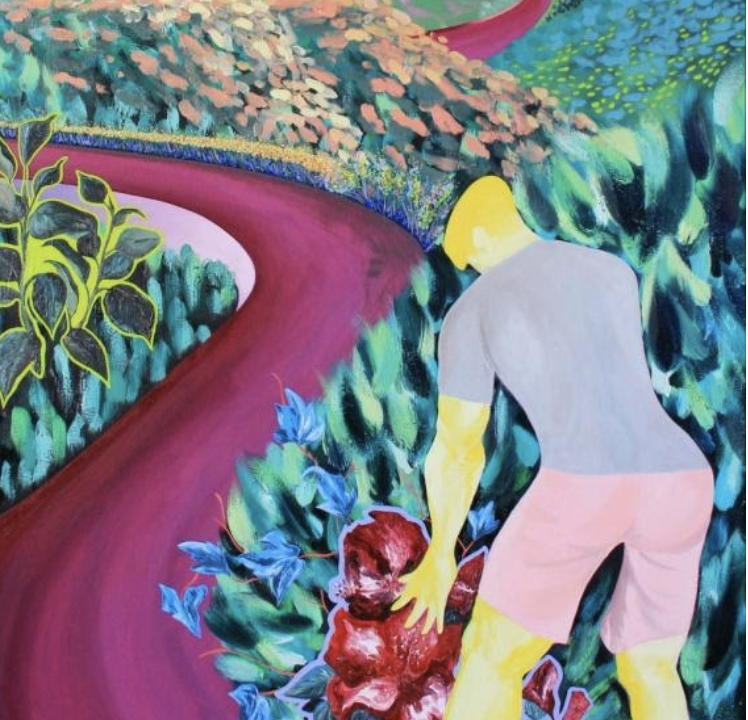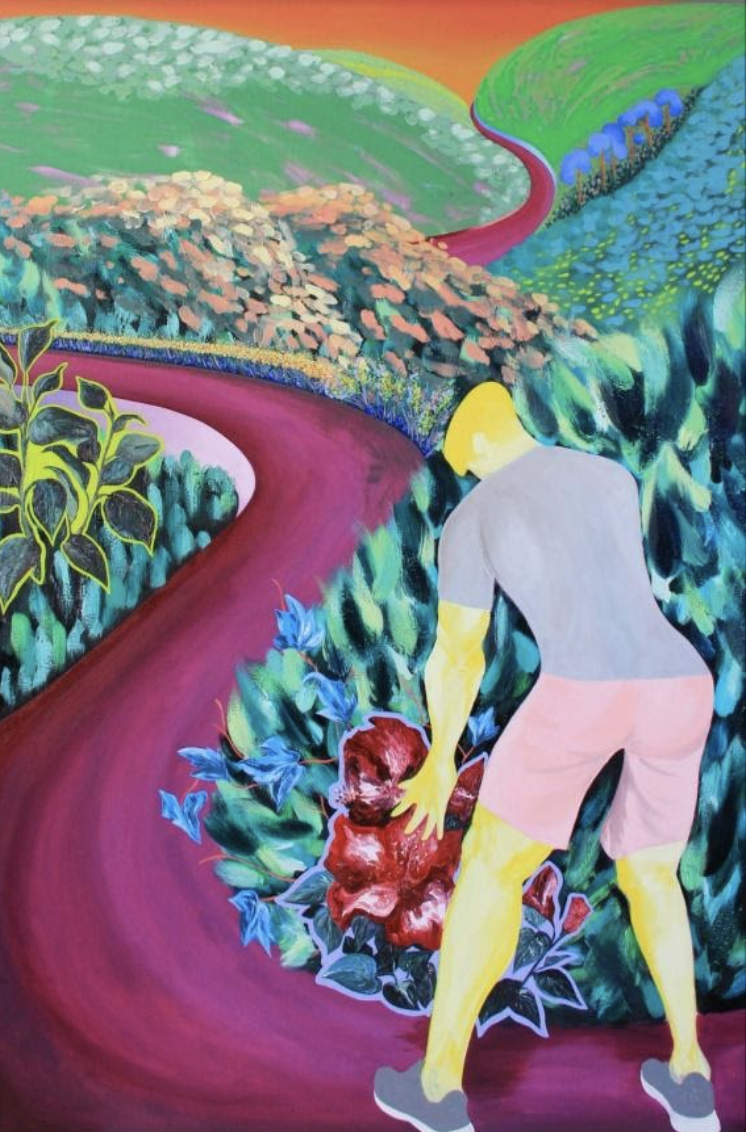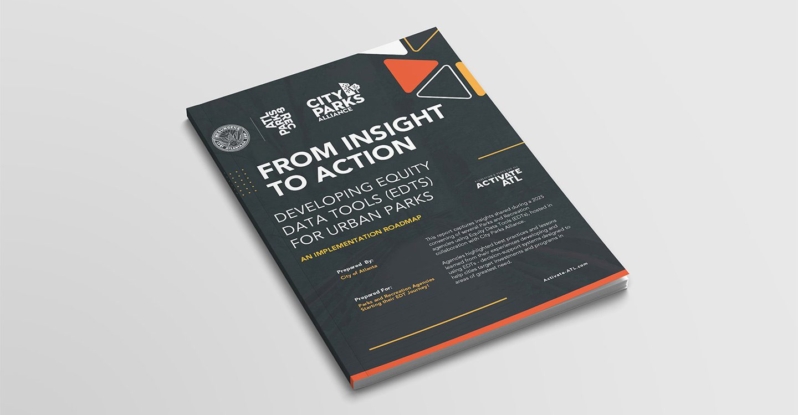With cities everywhere focused squarely on equity issues right now, it is a hopeful time for those in St. Louis who’ve been advocating for, funding, and building greenways as a means of overcoming barriers that have fragmented the city over time. These committed visionaries are transforming St. Louis by knitting together diverse communities via planned networks of greenways. Though St. Louis teems with arts, culture, parks and trails, it is no secret that the City has been weighed down by racial divisions and inequities for decades. Nevertheless, determination among the citizens of St. Louis to envision a brighter future, connect its communities, and put equity at its forefront is winning the day.
In November 2000 constituents voted in favor of a sales tax to generate revenue specifically for the preservation and development of the city’s rivers and parks. Passage of the Clean Water, Safe Parks and Community Trails Initiative allowed for the creation of the Great Rivers Greenway, a public agency that today serves two million people across a 1,200-square-mile district comprising St. Louis City, St. Louis County, and St. Charles County. The organization acts as a cross-sectional nexus between municipalities, businesses, and nonprofits “to make the St. Louis region a more vibrant place to live, work, and play by developing a network of greenways.”
To date, Great Rivers Greenway (GRG) has constructed 125 miles of greenways, and is actively developing 16 more, including the Brickline (formerly known as the Chouteau Greenway). A $250 million public-private development project spanning 15 miles, the Brickline Greenway will link the City’s famous sites from Forest Park to the magnificent Gateway Arch National Park through the heart of downtown, and from Fairground Park to Tower Grove Park.
But perhaps even more promising, the ambitious project encompasses north and south connections, intentionally linking 20 of the city’s more culturally diverse neighborhoods, art districts, employment centers, and parks. And through civic engagement, the making of the Brickline Greenway has become as important as the greenway itself.
“Equity is integral to both this project and our process” said Susan Trautman, CEO of Great Rivers Greenway. “Our working groups are a mix of people and perspectives. Our outcomes and metrics for success depend on new thinking and innovative partnerships.”
Thus far it appears the organization is doing everything it can to make that statement true. Building the greenway took on new meaning as a catalyst for improving cross-cultural communications across local communities, where entrenched racial segregation had been an issue forever. Neighborhood members were coming forward to voice concerns about the way that African-Americans had been treated historically, or left out of planning processes entirely. Equitable economic development became front and center as a fundamental tenet of the greenway plan, and the entire process began using an equity lens in its planning efforts.
To ensure that the project team was inclusive in its thinking and planning, the group included voices who had never been involved in public space planning before, including artists who had been working for a long time in the African-American community. An Artists of Color Council was formed, comprised of eight local visual, literary, and performing artists who had applied and were accepted by a panel committed to integrating artistic elements into the built landscape. Tasked with providing guidance to design, promote, and implement art and neighborhood engagement opportunities along the greenway, the Council’s goal was to give each neighborhood its own identity by celebrating its unique history and culture through art installations.
“It has been quite different and very unusual to see how the city of St. Louis has handled the greenway project compared to other projects and committees that I’ve been a part of, particularly with the focus on the northern part of the greenway—a part of the city that usually gets a lot less resources and attention, “said Diana Zeng, a visual artist who works in oil, acrylic, china markers, charcoal, paste and non-traditional mediums, and who was chosen to participate on the Artists of Color Council.
Zeng added: “It’s been inspiring to see real action behind the words. By building a physical presence of equity, and putting resources in the planning process early on, it set the right tone for conversations going forward. And it has given me a lot of confidence in the project. We are still so early in the planning stages, and now all of us on the Artists Council are all itching to see things start to get built.”
Indeed, now that the project planning phase has progressed along to the design and building phases, those involved on the Artists of Color Council are eager to identify more opportunities to integrate and reflect the amazing legacy of artists who have been involved in social justice issues in St. Louis all the way back to the 1960’s.
“Ultimately, the Artists of Color Council is perfect, but it was too soon,” explained Pacia Anderson, a poet and visual artist, who explores line and language through various visual and performance modalities. “We’re a civically active group with a deep foundation beyond ‘art for art sake.’ We’re looking to see how art can make a difference in creating a better world.”
Anderson explained that the group ended up being “a beautiful group of humans” who weren’t quite sure what they were being asked to do during the ideation stage. “We’re the ‘Show Me’ state. And we didn’t know how this work would contribute to the equity piece. And these issues can be quite contentious, particularly after the uprisings in 2014.” But Anderson said that what stuck out was the amount of honesty that the Great River Greenways team used in their approach. “It was really, really refreshing to hear Susan Traubman say, “We don’t know for sure what we’re doing on this, and we need some help from black artists to make sure we get citizen engagement right.”
In all of the meetings, and addressing all of the committees involved, sometimes the artists wondered how the planning team would ultimately integrate all of their suggestions into what actually gets built. Anderson decided that even though their involvement was early in the process, ultimately it was a great learning experience, and feels “100% confident that all of the cultural, historical, and archeological information that the Artists of Color Council contributed to the planning process will make it into the built landscape when it finally gets constructed.”
Chinyere E. Oteh, another artist of color in that aforementioned ‘beautiful group of humans,’ and Founder at Cowry Collective (a unique timebank whose name reflects the ancient practice of exchanging with currency that predates our current use of paper dollars and metal coins!) enjoyed the organic process of being a community artist advisor to the development of the Brickline Greenway: “I felt like my expertise and ideas were considered, my cohort members were fun, smart and unique, and Great Rivers Greenway staff were a joy to work with, particularly Shaughnessy Daniels and Emma Klues.” Oteh added with emphasis: “More community engagement projects need to engage their local artists and community members and GRG has done this well!”
The final plan for the Brickline does incorporate economic and equity principles that are based on the collective citizen input and focuses on four main topics: alignment (feasibility of possible routes), design and identity (look and feel of the greenway), economic growth (the greenway as a catalyst for opportunity), and equity (equitable outcomes in project and process).
Many more rounds of community engagement meetings working closely with neighborhoods, artists, and the residents who live there are slated to happen in the months ahead. In addition, collaboration with other development projects in the region will ensure that the Brickline Greenway supports and complements the new Major League Soccer stadium, the Tower Grove Connector project, the National Geospatial-Intelligence Agency, among others in the pipeline.
In reflecting on next steps for the Brickline Greenway Susan Traubman was upbeat yet realistic given the uncertain times we live in, reiterating that they will remain laser-focused on bringing equitable design to the people of St. Louis adding, “what we know for sure is that we don’t have all the answers. It will evolve as we work through what people need and what this project can do.”
This case study was written and prepared by Karen Nozik, Program Specialist at the City Parks Alliance.





